2022 Triumph Tiger 1200 range launched
Weight-saving overhaul for Hinckley’s big-bore adventure tourer sees new engine and chassis, heaps of top technology and more hardcore styling…
The Triumph Tiger has been one of the Hinckley firm’s stalwarts, playing a massive part in the firm’s success since 1993. The recipe of a big-bore triple engine in a dual-sport adventure-style chassis has been applied to a host of hugely successful models in the three decades since, with the Tiger 1200, launched in 2012, at the top of the range.
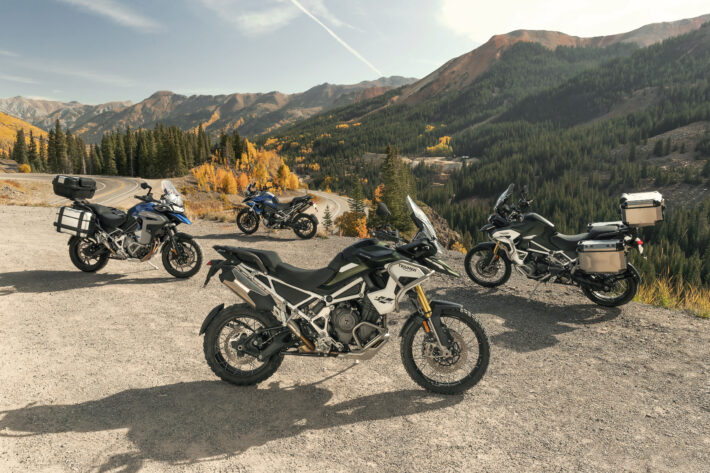
The old Triumph Tiger 1200 was an excellent machine, with good power and torque, high equipment levels and great touring abilities. It was a bit on the heavy side though, tipping the scales at nearly 250kg dry, which limited its appeal a little.
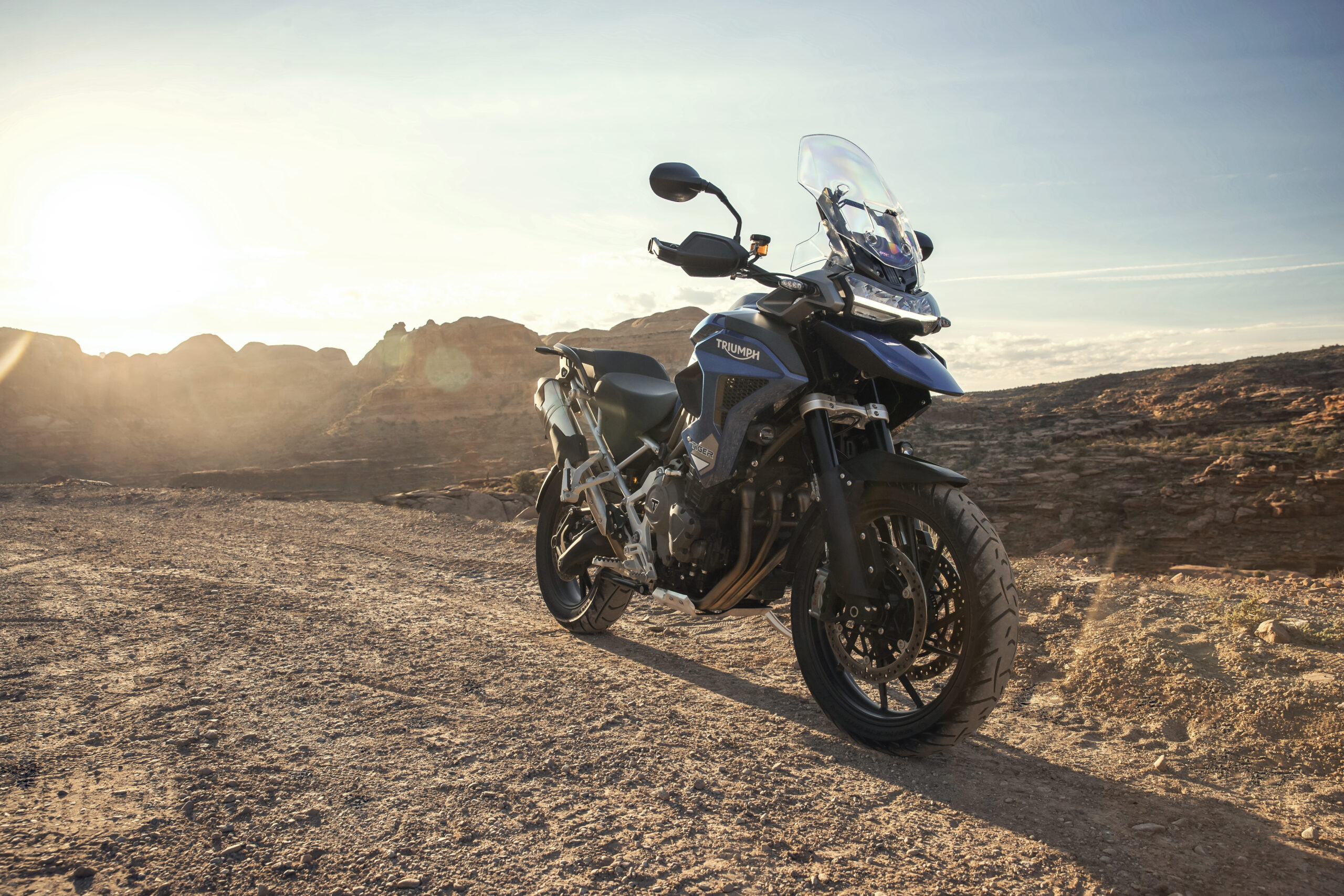
For 2022 though, the British firm has given its big beast a full makeover, dropping around 25kg in mass and gaining 8bhp thanks to an all-new engine and chassis package. The new 148bhp engine has the same bore and stroke as the 1200 Speed Triple, giving a capacity of 1,160cc. It also gets a new ‘T-plane’ crankshaft layout, which has one 0° crankpin, one 90° and one 270°, so from end-on, they’re arranged in a sort of ‘T’ shape.
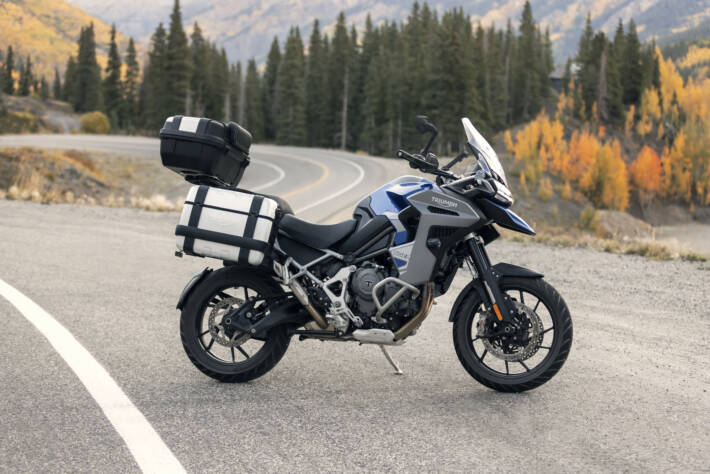
That gives a ‘big bang’ firing order, with a big gap in the combustion cycle, like a 270°parallel twin, or a 90° V-twin engine. The idea is to give more character and drive from the engine that the usual 120° even firing order on the conventional triple layout.
The new engine is mounted in a steel tube trellis frame, which is 5.4kg lighter than the old frame, and uses a new aluminium bolt-on rear subframe design, with bolt-on pillion pegs. That’s down to customer feedback – the one-piece frame/subframe and pillion peg brackets on the old bike were difficult to repair after a spill. If the pillion peg mounts or rear subframe were damaged, it meant swapping in a whole new frame rather than just replacing those parts.
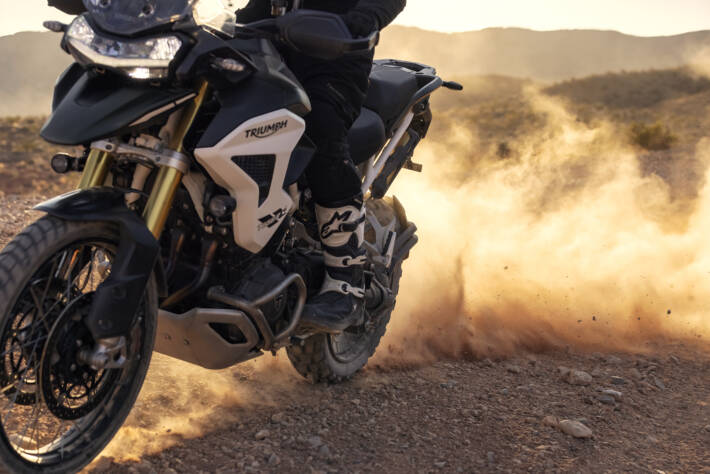
There’s also a new dual-sided rear swingarm, which incorporates the shaft drive on the left hand side, and has a smart Tri-link torque linkage to reduce the effects of the shaft drive on handling. Triumph engineers say the dual-sided design lets them save even more weight – 1.5kg – which is also unsprung mass, the best kind to lose.
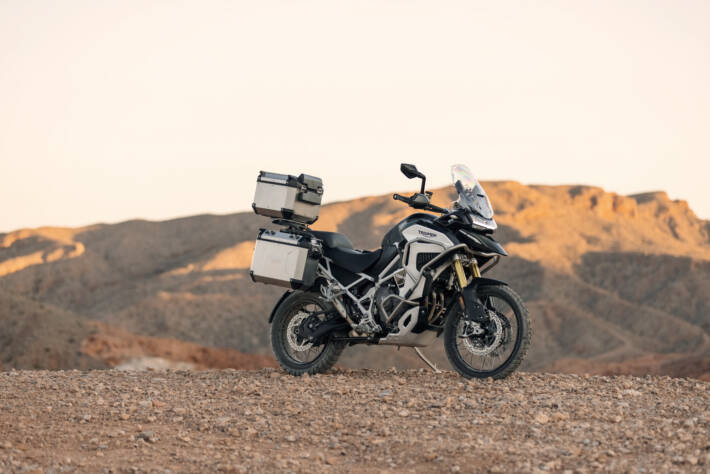
That engine and frame forms the basis for a whole range of Tiger 1200 models. There’s the GT variant, which has more of a road bias, and comes in the base GT and higher-spec GT Pro versions. And if you need more hardcore off-road capability, there’s the Rally Pro with a 21” front wheel, wire-spoked tubeless tyre rims, longer suspension travel, and more offroad riding mode settings. Both GT and Rally versions are also available in ‘Explorer’ spec, which adds a 30 litre fuel tank instead of the standard 20 litre part.
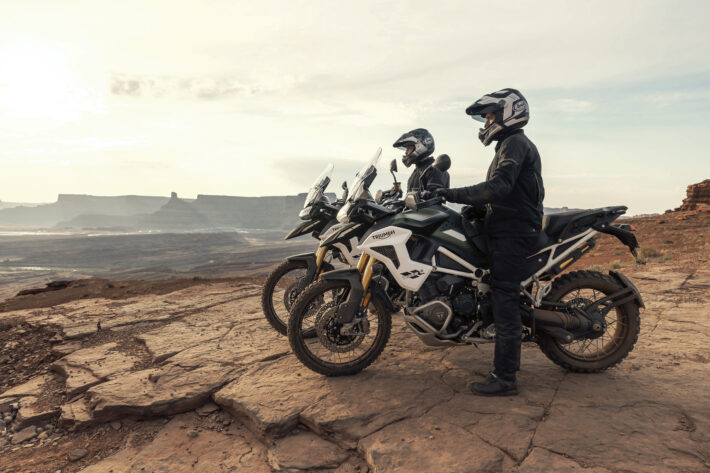
The suspension is now Showa semi-active electronic front and rear, across the whole range, and the brakes use top-end Brembo Stylema calipers up front. Both setups are supported by the latest IMU-assisted ECU, supplying bike attitude data to the cornering ABS and the semi-active suspension – as well as the multi-mode traction control and power modes.
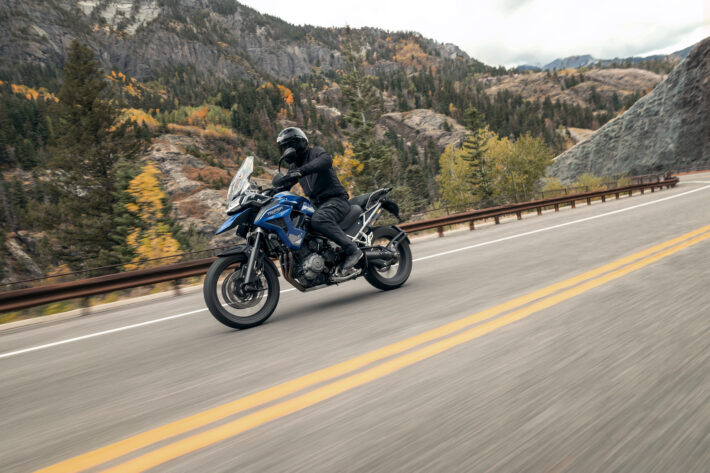
The electronics suite is accessed via all-new backlit switchgear and a large 7” TFT colour LCD dashboard. Lighting is all-LED with optional cornering function, there’s cruise control, up/down shifter, keyless ignition/fuel cap/steering lock, TPMS tyre pressure monitoring, and a new Blind Spot radar detection system. This flashes a light in your mirrors should there be another vehicle behind you in your blind spot, detected by the Continental radar system.
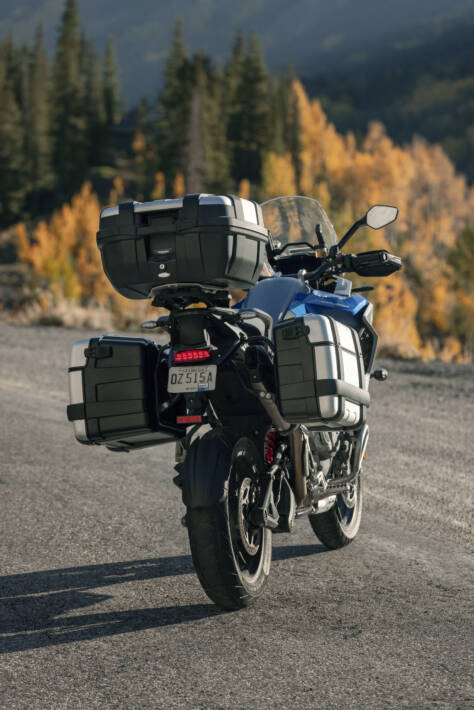
There’s a whole new range of optional accessories too, from Givi-built hard luggage, adventure alloy cases, heated seat and grips, a new Sena Bluetooth intercom system, engine bars, low-seat options, and much more.
The new Tiger 1200 will cost from around £14,600 for the GT, up to £19,100 for the Rally Pro Explorer, and will be on sale in spring. More info: www.triumphmotorcycles.com
